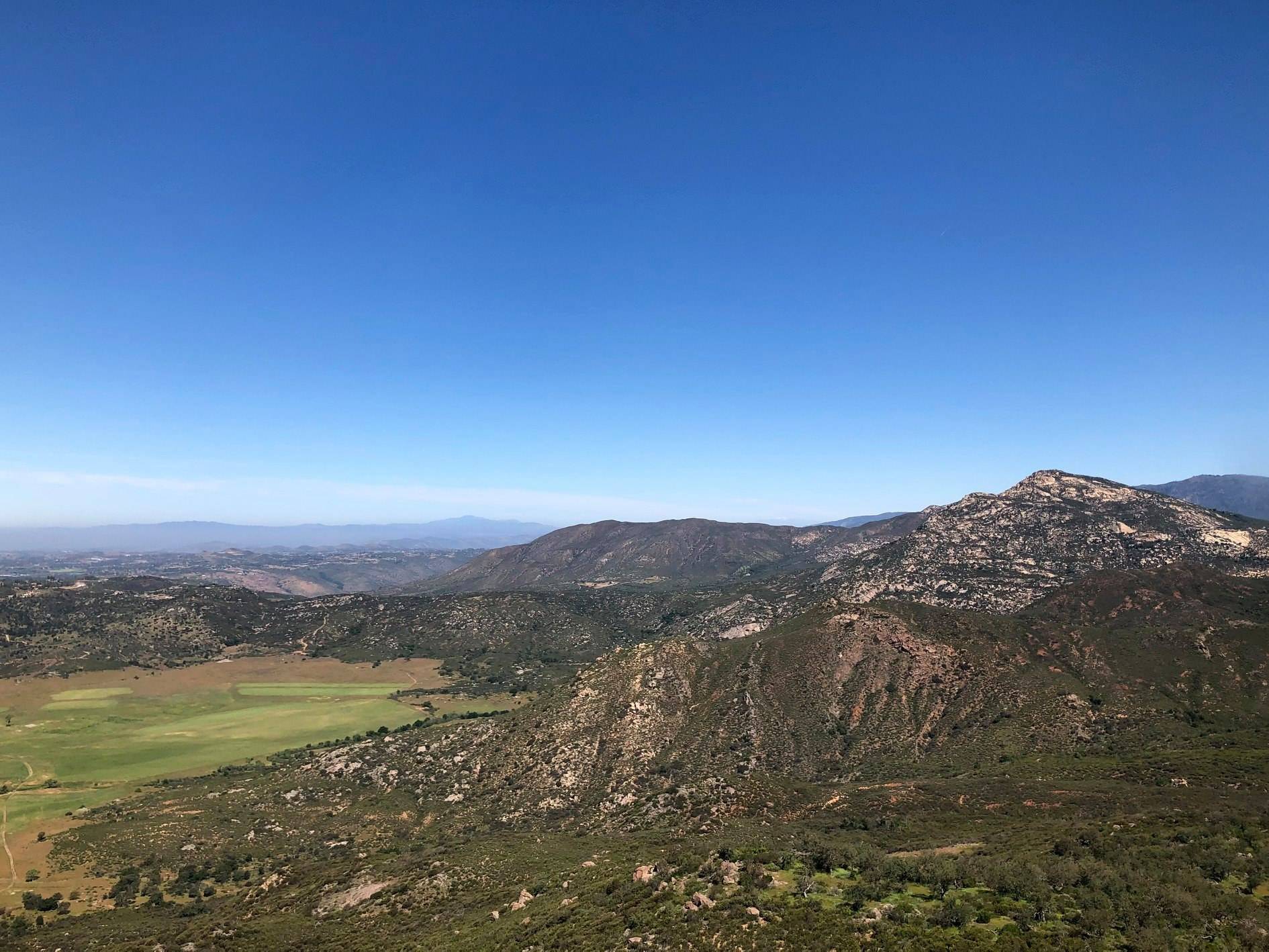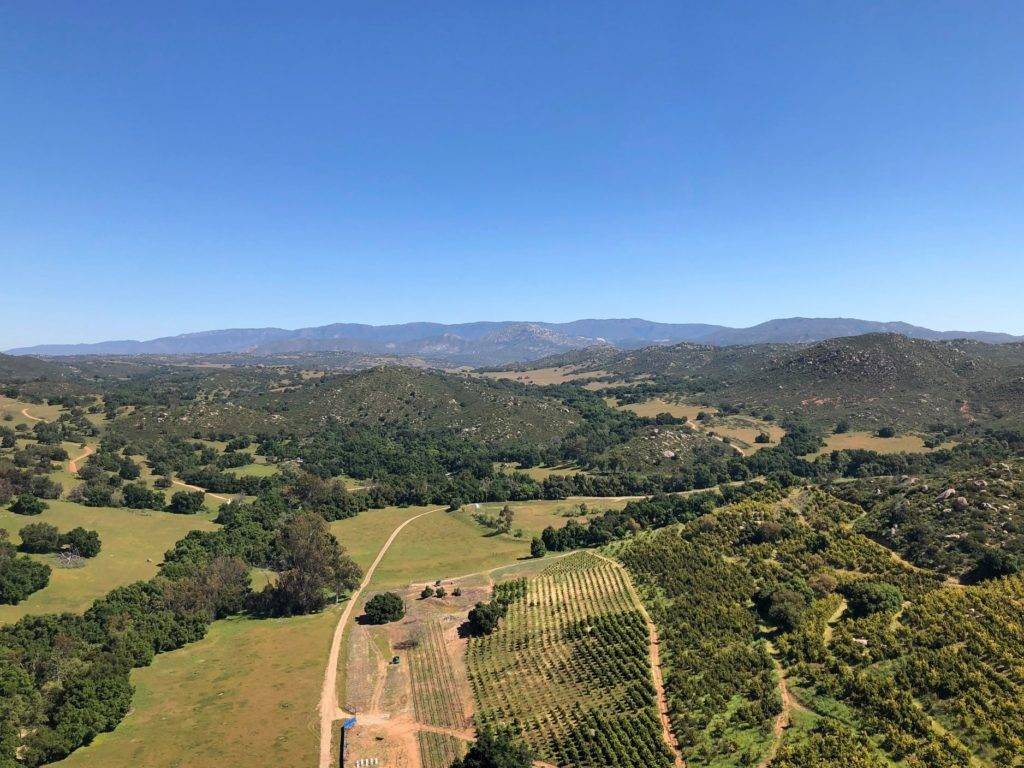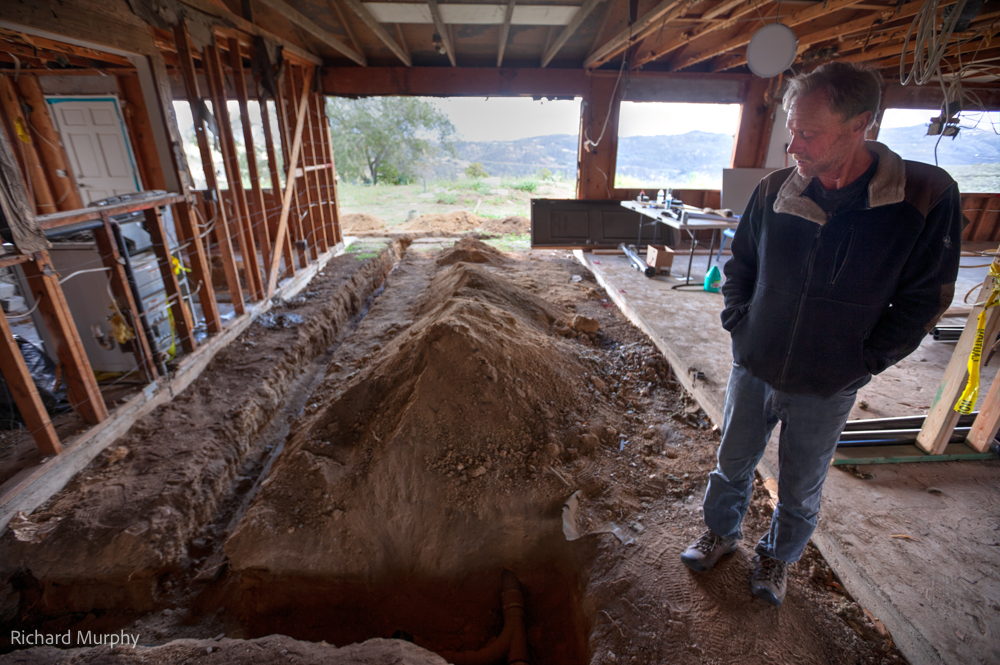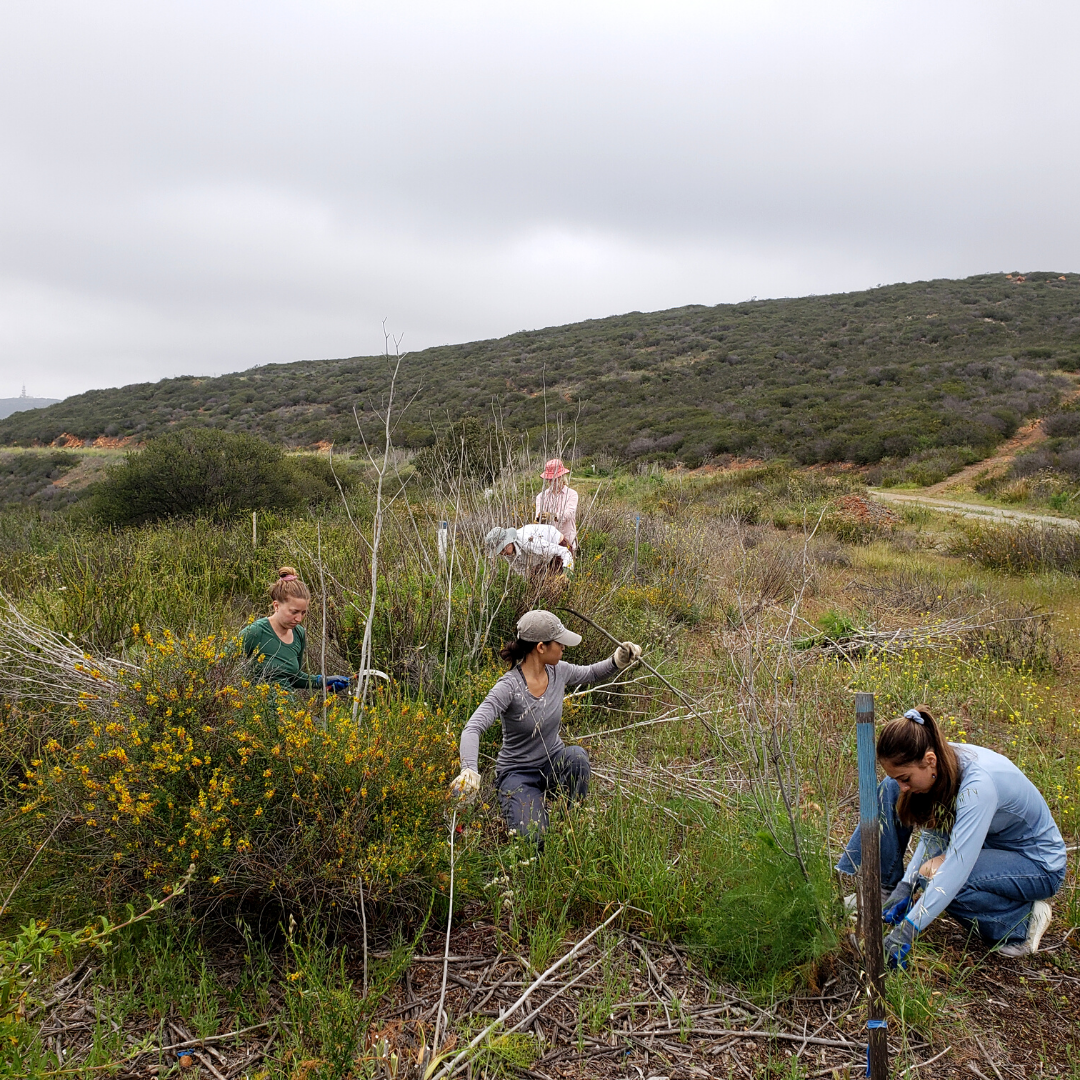
An Eagle-eye View of Rancho Guejito
In my dreams is a mystical place called California. I see rolling grasslands dotted with oaks and fields of wildflowers, bisected by streams alive with frogs and songbirds, and nearby pastures of grazing cattle and groves of citrus and avocados. I grew up in Santa Barbara County and was lucky to have spent hours outside and on working ranches, where growing food and raising animals was a business and a way of life. Conservation takes different forms and many ranchers are some of the most thoughtful conservationists as they understand that if they do not properly care for the land, their business will fail.
In our line of work, it’s easy to feel despair that the California of memory is gone, as we and our conservation partners struggle to keep preserved areas wild for current and future generations. When we began our Save 1,000 Acres campaign in 2015, it was to stitch together key conservation properties in the northern Escondido Creek watershed to create a solid block of preserved lands to help facilitate wildlife movement from the Escondido Creek watershed to open lands to the east and north. As the red-tail hawk flies east across the northern Escondido Creek watershed, it is in these large blocks of open land where the California of our dreams still exists, the most spectacular being the 23,000-acre Rancho Guejito, site of the last intact Spanish land grant in southern California. The Save 1,000 Acres campaign set out to preserve lands across the upper Escondido Creek watershed to create a 9+ mile connected landscape, characteristic of early California, so that wildlife and habitat emblematic of our past can thrive into the future. Where the Save 1,000 Acres landscape connects-is Rancho Guejito.
Last month, Conservancy Board members Betsy Keithley, Leonard Wittwer and I got to tour the extraordinary Rancho Guejito by air and by land with Ranch Manager Hank Rupp. In recent years, Rupp and the owners of the Ranch, the Coates family, have been reimagining Rancho Guejito as a working agricultural landscape, planting avocados and citrus and establishing a robust wine-growing enterprise with a tasting room. There is lovely symmetry at work here, in that Rancho Guejito was the site of one of the first wineries in California, the Maxcy Winery, where Muscat grapes were produced in 1852. Now, the Rancho Guejito Vineyard, located on San Pasqual Road, grows a variety of grapes under the care of local winemaker Chris Broomell.
Additionally, the Ranch, which is now home to 1,000 to 2,000 head of cattle depending on the time of year, was homesteaded in 1870 by the Anderson family, who also raised cattle. According to Rupp, while the primary job of the cattle at the Ranch now is grazing non-native grasses for fire protection, no outside hay is brought onto the Ranch. Instead, any supplemental hay for the horses or cattle is grown at the Ranch, making the Ranch of today functional in the same way it was when the Anderson family cared for it.
Rupp and his staff, and the Coates family, are striving to make Rancho Guejito a sustainable operation, producing grass-fed Angus beef, wine grapes, citrus (currently “Cuties” tangerines) and avocados. Some of the groves are organic, other groves are in the process of achieving organic certification. Using state-of-the-art agricultural practices, avocado trees have been planted in dense concentrations to reduce water use while maximizing production and minimizing land impacts. The wells at the Ranch are constantly monitored to make certain water levels do not fall below what is required to maintain agricultural operations. Said Conservancy founding Board member Leonard Wittwer, “The beauty and scale of the ranch is truly spectacular. Equally inspiring is Rancho Guejito’s commitment to creating a sustainable agricultural enterprise that preserves a bit of old California. The benefits ripple far beyond the ranch boundaries.”

Rancho Guejito is imbedded in our cultural history, but is also a critical part of our natural history as it is a very large and diverse, relatively undisturbed, landscape located between lower elevation coastal areas, and the higher elevation habitats of the Cleveland National Forest. Here are found sage, grasslands, riparian areas, oak woodlands, and rare meadows. Of note, a few years ago, to protect wildlife, Rupp ceased allowing hunting on Rancho Guejito. As a result, the Ranch, perhaps the most biodiverse, large, still-wild habitat areas in San Diego County, home to badgers, mountain lion, deer, and many threatened and endangered species, has become a refuge where animals live undisturbed. We witnessed it on our trip as our vehicle passed close by a doe who gave us a long look before slowly wandering away. Additionally, our helicopter flew over a Golden eagle circling lazily, looking for prey over flowers so abundant the landscape was purple.
We look forward to seeing the evolution of this new vision for Rancho Guejito. There is very intense development pressure for these last large properties and agriculture can be a viable conservation tool as it still allows for wildlife movement across large landscapes, for example, by maintaining open space for mountain lions and other animals to move from Hidden Meadows to the Cuyamacas and beyond. Fortunately, there is a growing movement across California for sustainable agriculture, including conservation-focused grazing. We’d love to see Rancho Guejito join these efforts, be successful, and lead the way into the future.
We can all help Rancho Guejito succeed by buying local and purchasing products produced at the Ranch. The Rancho Guejito Vineyard website has a place to buy products from the ranch.





